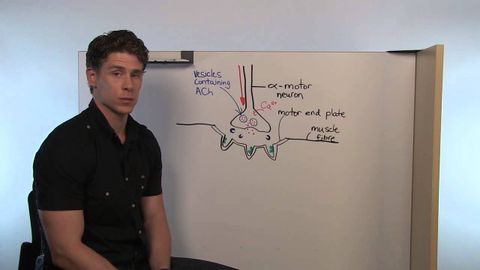
字幕與單字
影片單字
potential
US /pəˈtɛnʃəl/
・
UK /pəˈtenʃl/
- adj.可能的;潛在的;潛在的
- n. (u.)潛力,潛能
- n. (c./u.)潛力;潛能;潛在候選人;勢
A2 初級多益中級英檢
更多 release
US /rɪ'li:s/
・
UK /rɪ'li:s/
- v.t.釋放;解放;(電影音樂等)上市;釋放;放手;發布
- n.釋放;解放(的動作);發行(新產品、電影、書籍);解放(從悲傷或困境中);豁免;釋放;釋放裝置;棄權書;新聞稿;版本
A2 初級多益中級英檢
更多 call
US /kɔl/
・
UK /kɔ:l/
- n.呼喚;召喚;叫聲;判定;判決;拜訪;短時間逗留;(裁判的)判決
- v.t./i.罷工;拜訪某人;拜訪某地;打電話;叫喊;大叫;大喊
- v.i.叫喊;呼叫
- v.t.舉行選舉;召集會議;判決;稱為;叫作;判定
A1 初級初級英檢
更多 使用能量
解鎖所有單字
解鎖發音、解釋及篩選功能
